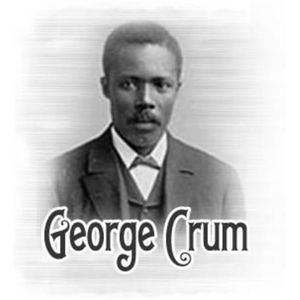![]()
Today is also Paul Gatza’s 60th birthday — The Big 6-O. Paul is the Director of the Brewers Association in Boulder, Colorado. He’s held numerous executive positions with the BA and its previous incarnation, the Association of Brewers. An avid homebrewer, Paul is great face for the BA and a terrific person. Join me in wishing Paul a very happy birthday.
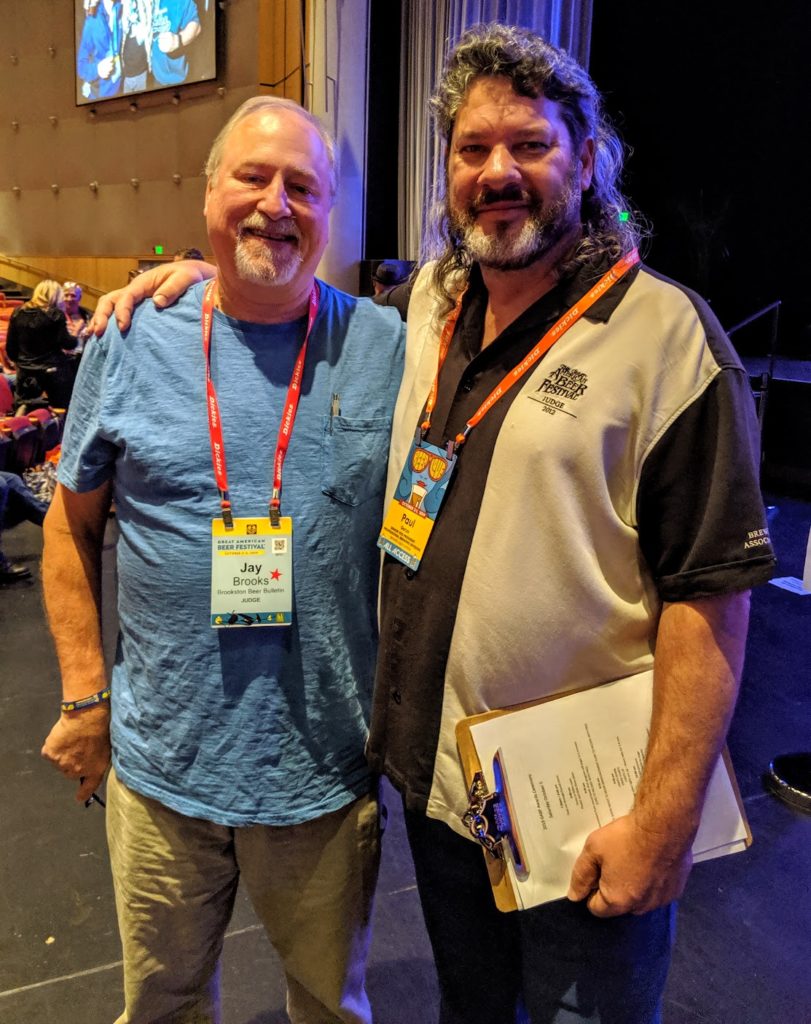

Toasting in New Orleans for CBC.
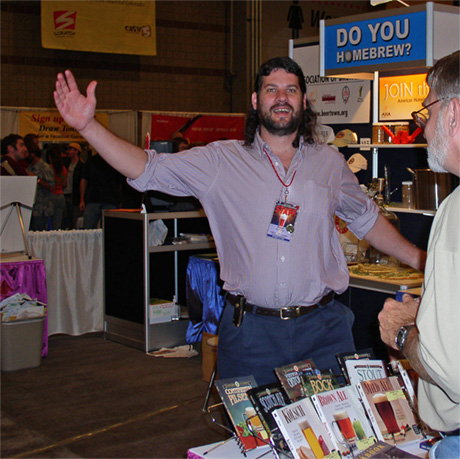
Working the AHA booth at GABF.

At the podium during the opening of CBC in 2008.
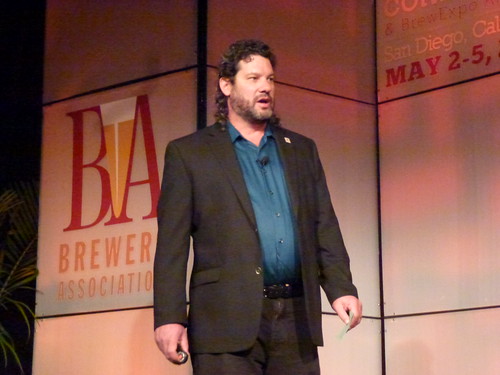
Paul giving his annual state of the industry talk at CBC in 2012.



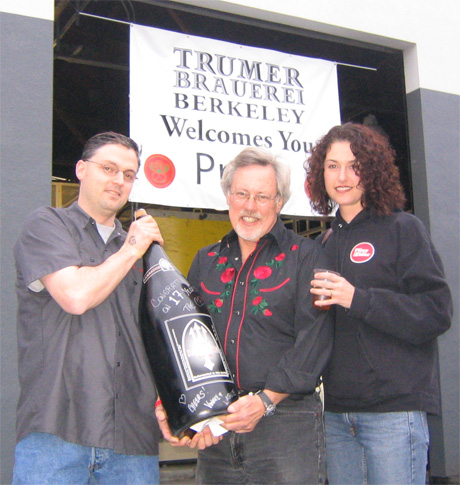 Vinnie and his wife Natalie from presented to Tom Dalldorf (middle), owner of the Celebrator, a Balthazar of their yummy Damnation Ale in honor of the magazine’s 17th anniversary. A Balthazar is 12 liters or contains about 16 normal bottles of beer.
Vinnie and his wife Natalie from presented to Tom Dalldorf (middle), owner of the Celebrator, a Balthazar of their yummy Damnation Ale in honor of the magazine’s 17th anniversary. A Balthazar is 12 liters or contains about 16 normal bottles of beer. Dave Keene, owner of the
Dave Keene, owner of the 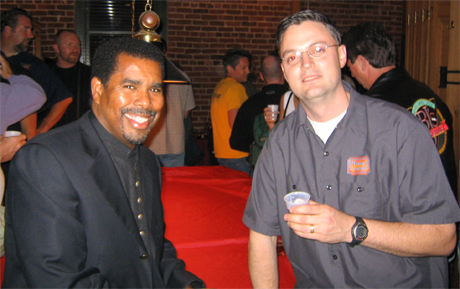 Garrett Oliver, brewer at Brooklyn Brewing Co., and Vinnie at the Brewer’s Dinner the night before GABF begins.
Garrett Oliver, brewer at Brooklyn Brewing Co., and Vinnie at the Brewer’s Dinner the night before GABF begins.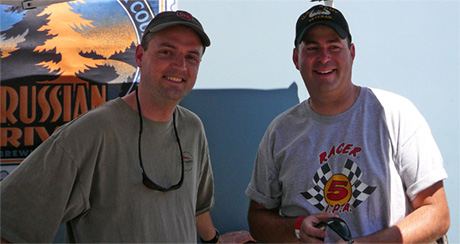 Vinnie and Rich Norgrove from
Vinnie and Rich Norgrove from 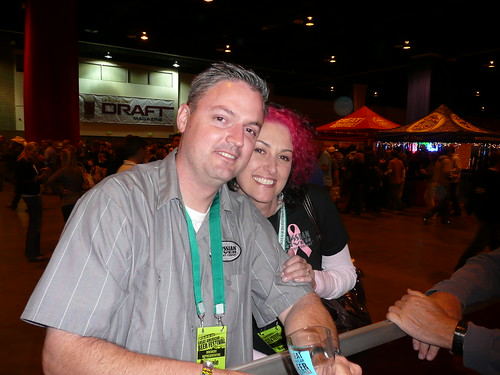 Vinnie with his wife and Russian River co-owner Natalie at GABF in 2009.
Vinnie with his wife and Russian River co-owner Natalie at GABF in 2009.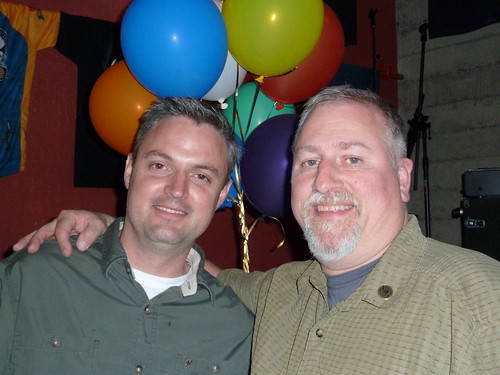 Vinnie and me his 40th birthday party at the brewpub several years ago.
Vinnie and me his 40th birthday party at the brewpub several years ago.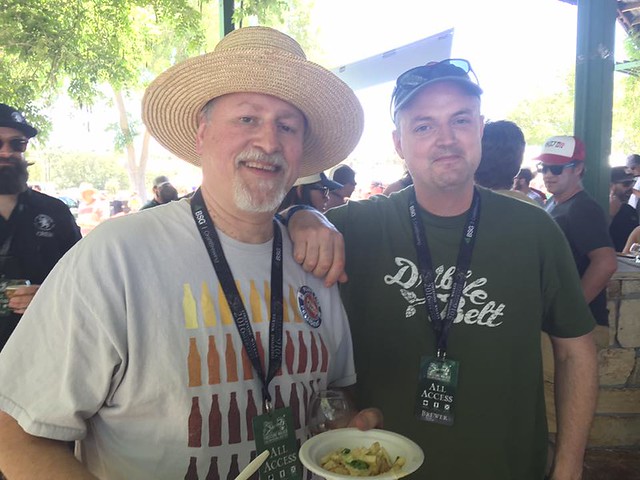 And again several years ago at the Firestone Walker Invitational, sharing some frites.
And again several years ago at the Firestone Walker Invitational, sharing some frites.
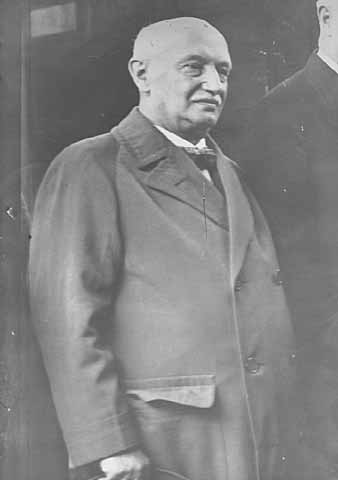
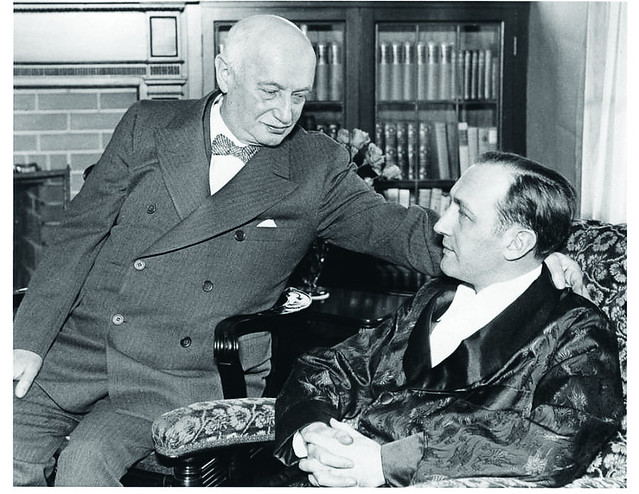
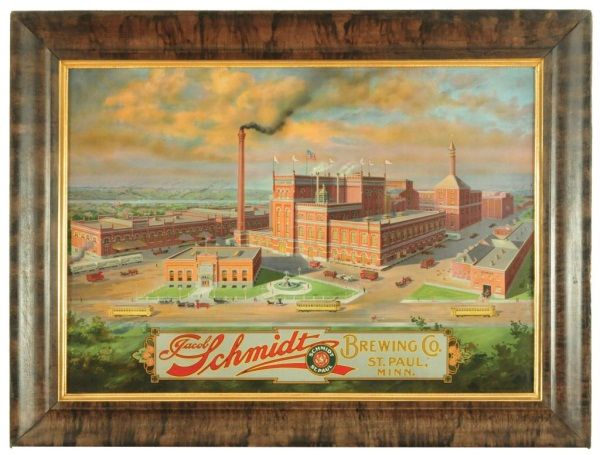
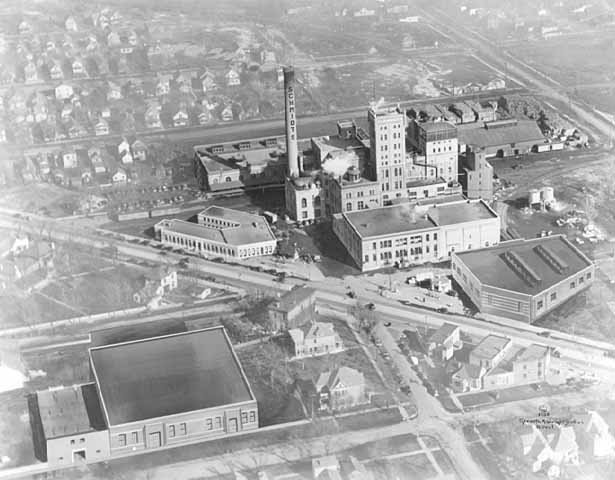
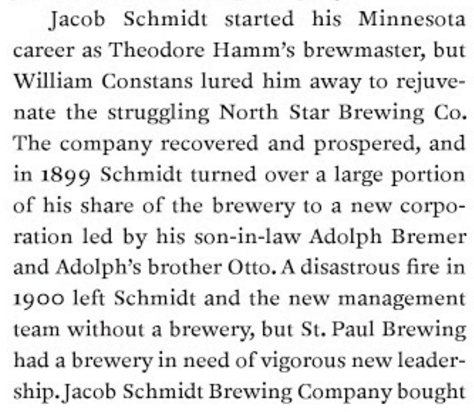
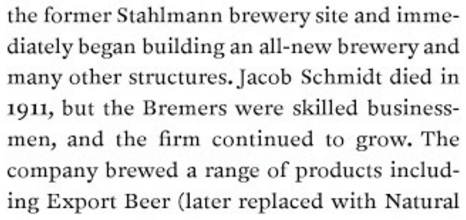
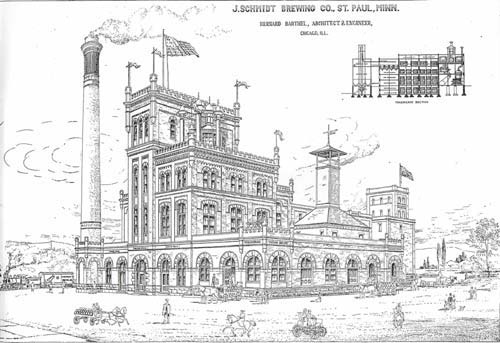
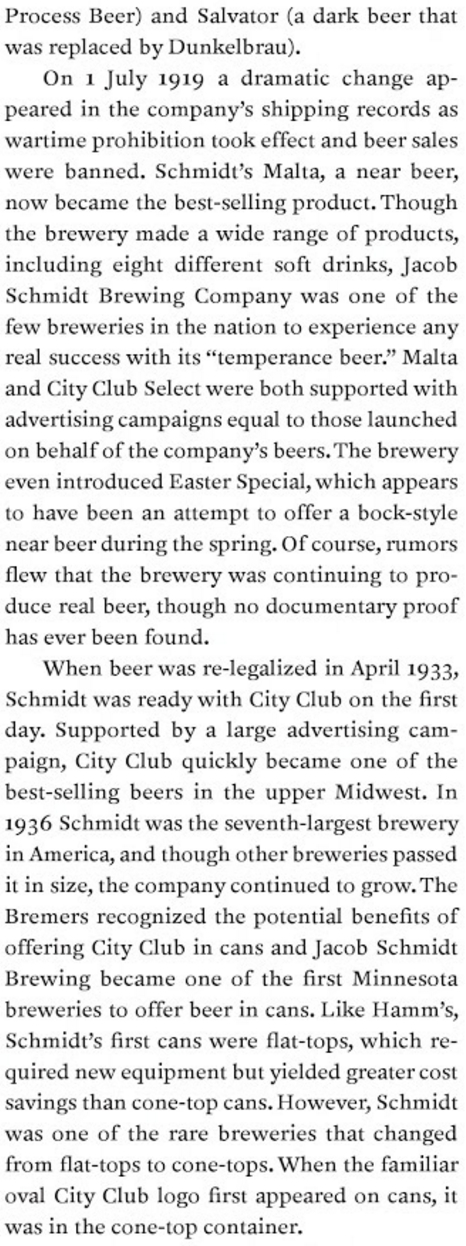
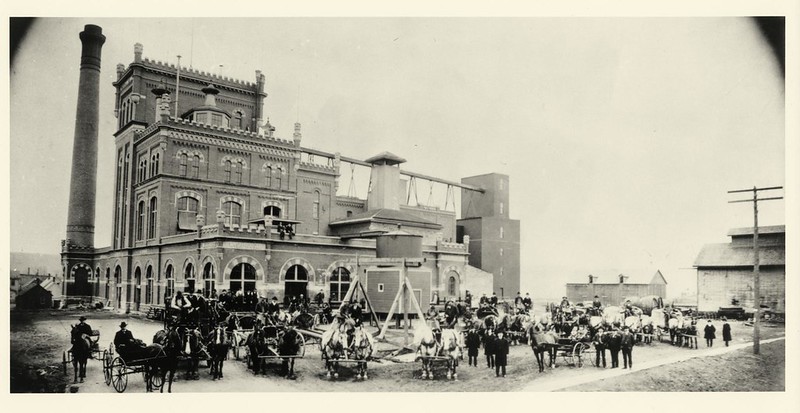
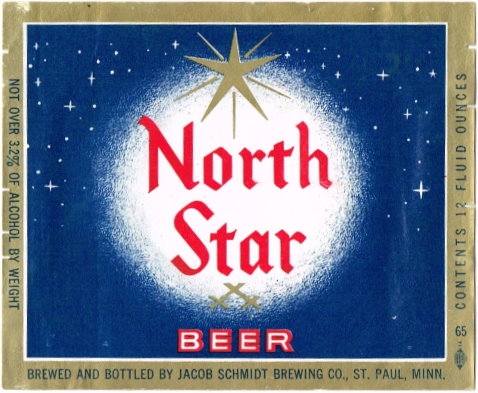
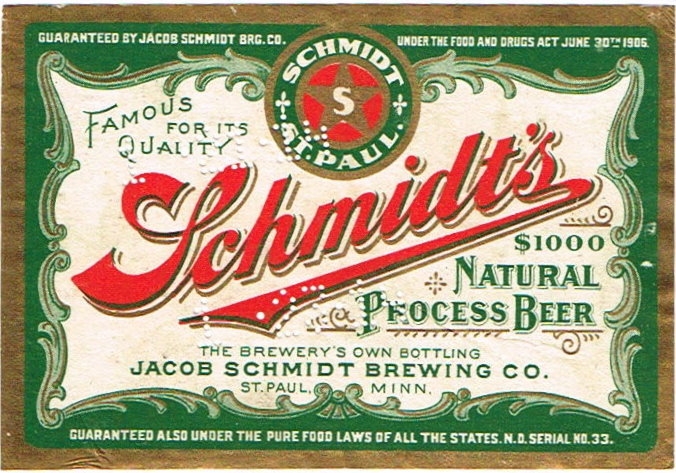
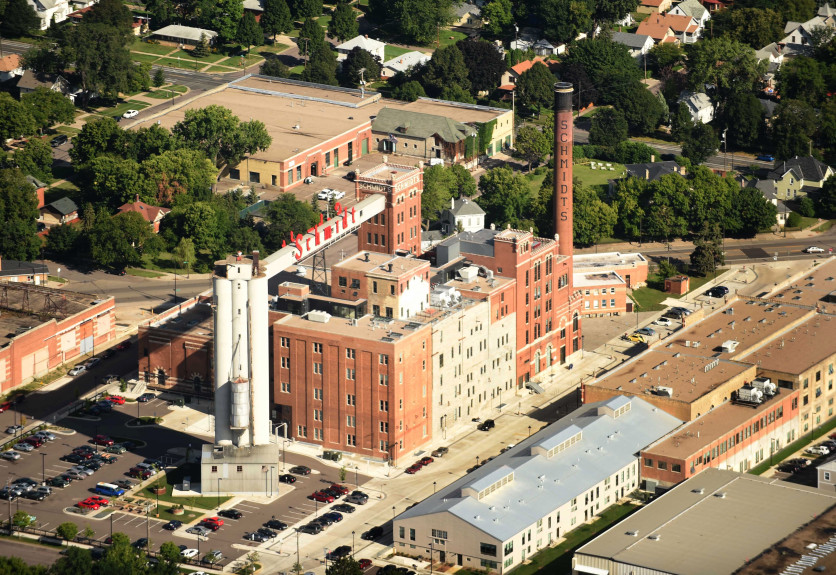
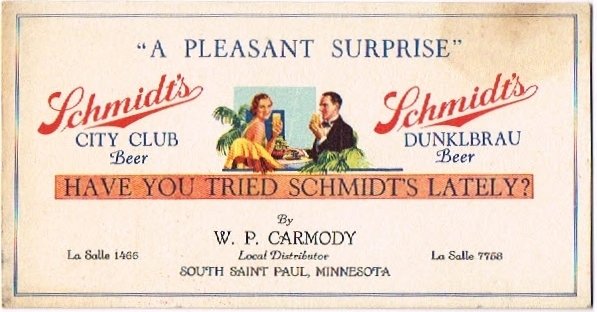




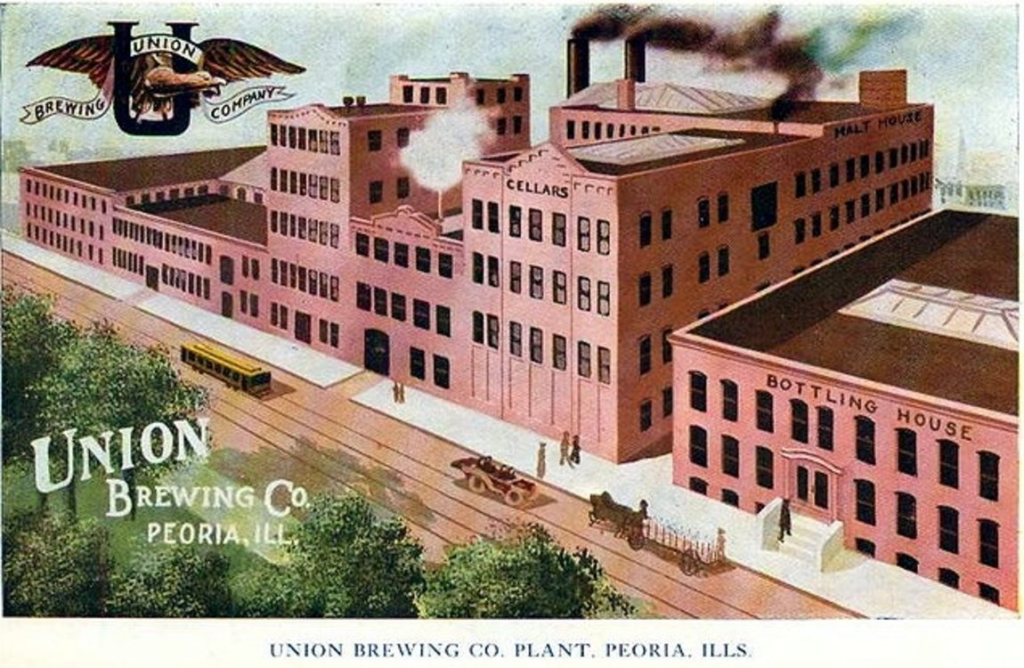








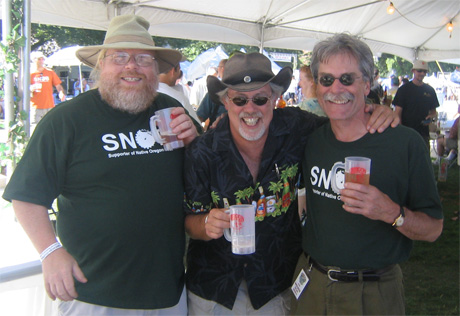
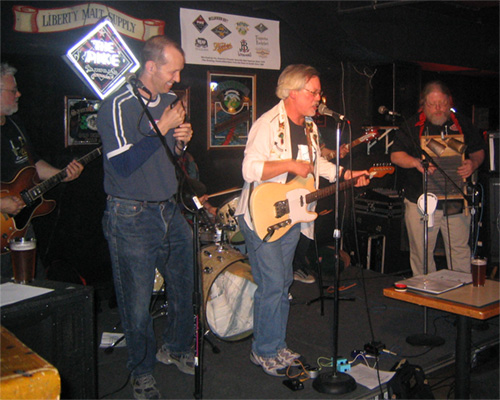
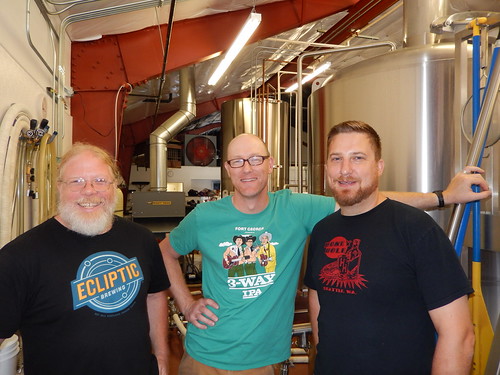
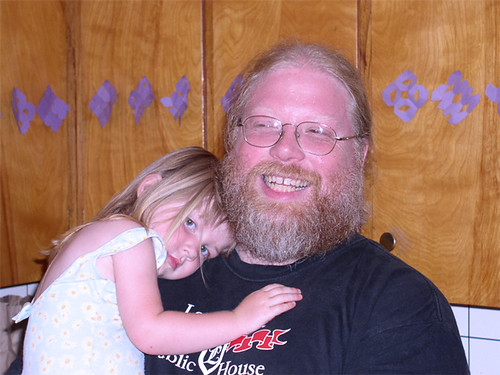
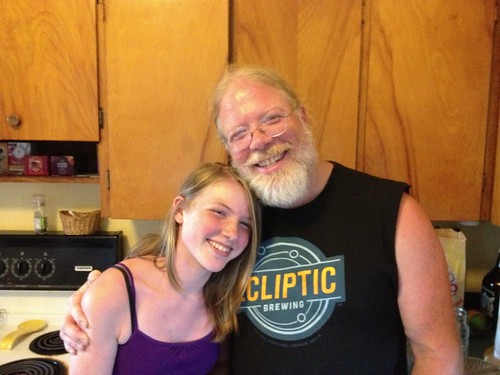
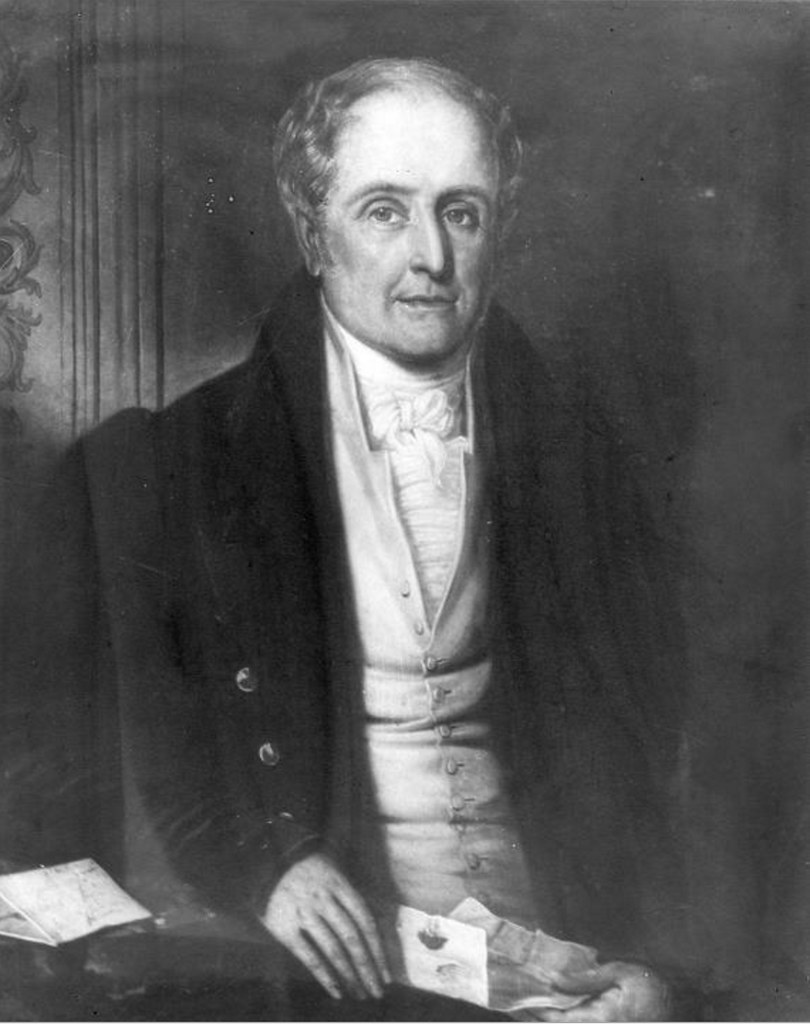
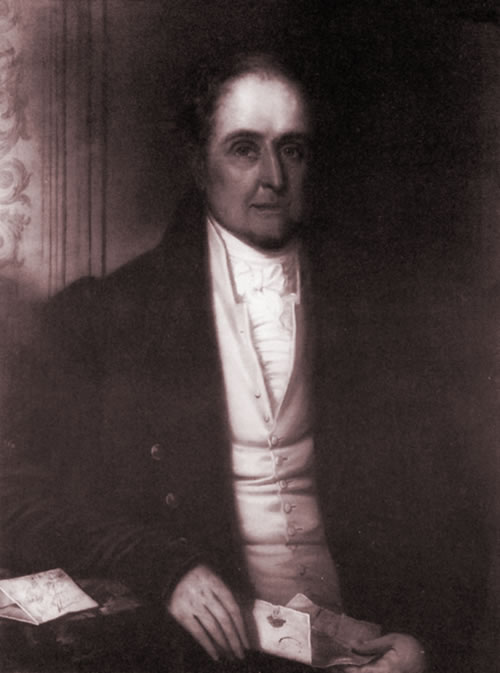
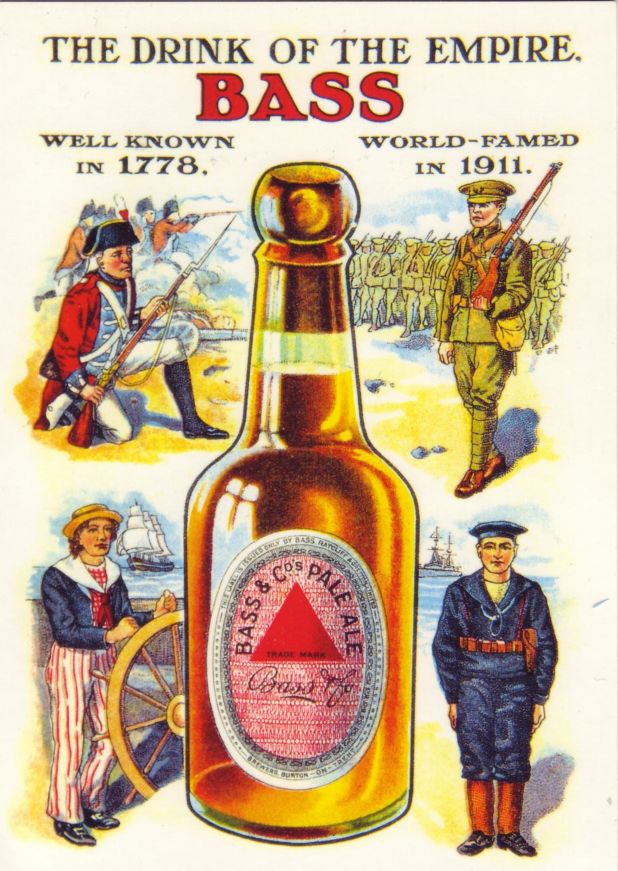

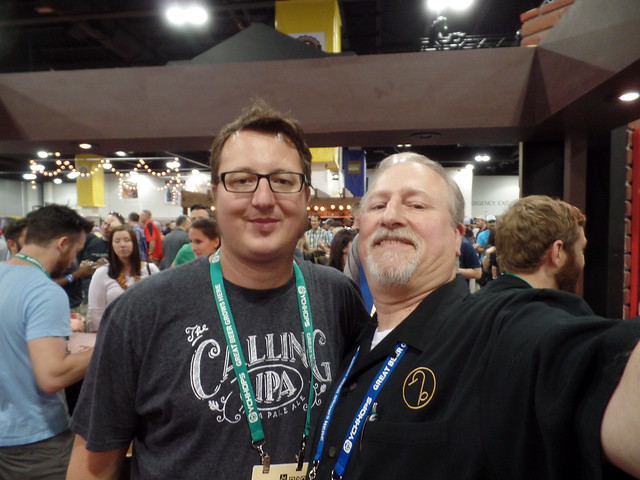
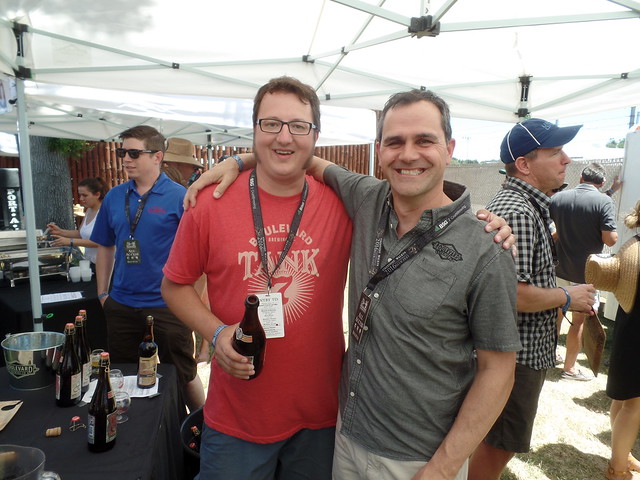
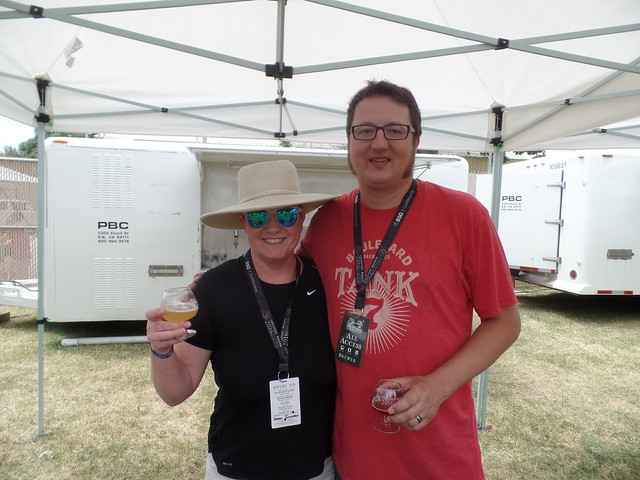
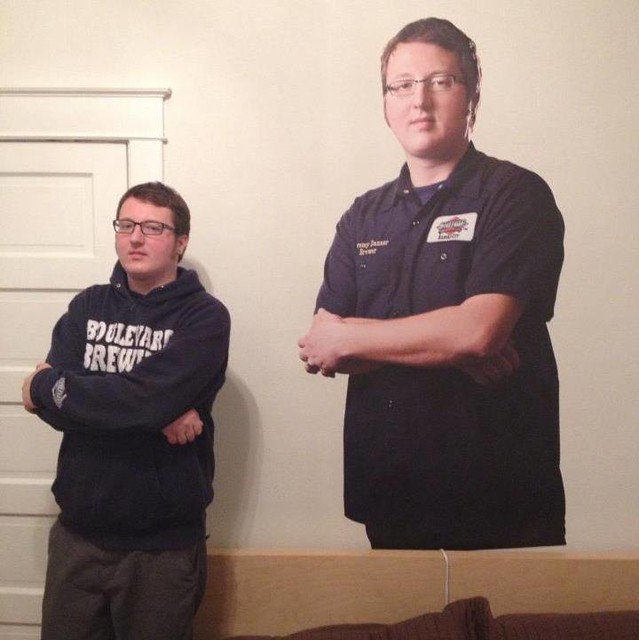
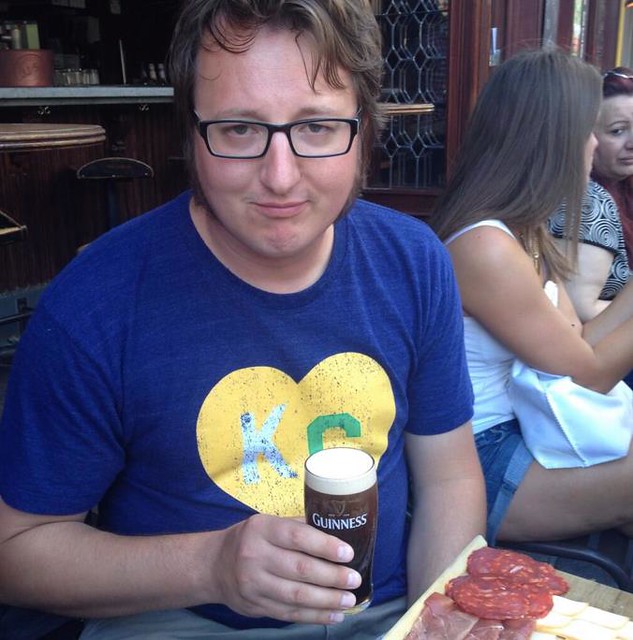

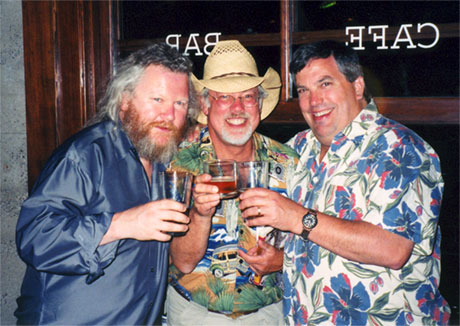 Fergie huddling up with Tom Dalldorf and his Monk’s Cafe partner Tom Peters at 2st Amendment in San Francisco.
Fergie huddling up with Tom Dalldorf and his Monk’s Cafe partner Tom Peters at 2st Amendment in San Francisco.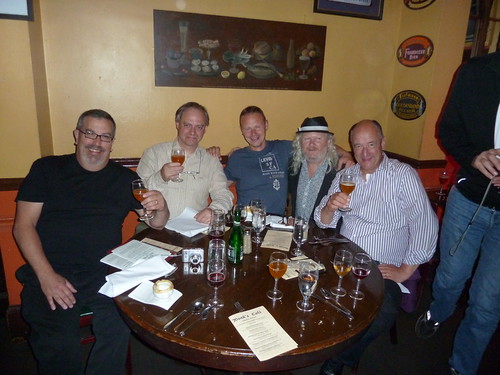 Tom Peters, Frank Boon, Jean Van Roy, Fergie and Armand Debelder at a Lambic Beer Dinner last month at Mon’s Cafe during Philly Beer Week.
Tom Peters, Frank Boon, Jean Van Roy, Fergie and Armand Debelder at a Lambic Beer Dinner last month at Mon’s Cafe during Philly Beer Week.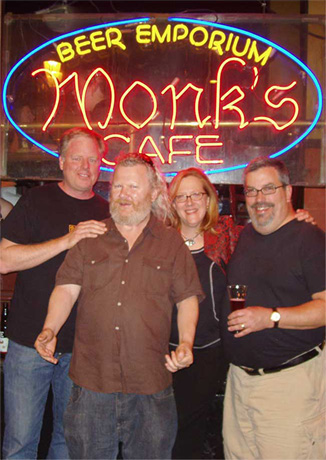 Outside Monk’s cafe: Shaun O’Sullivan from 21st Amendment, Fergie, Lucy Saunders, the beer cook, and Tom Peters, after the Canned Beer Dinner in 2007.
Outside Monk’s cafe: Shaun O’Sullivan from 21st Amendment, Fergie, Lucy Saunders, the beer cook, and Tom Peters, after the Canned Beer Dinner in 2007.
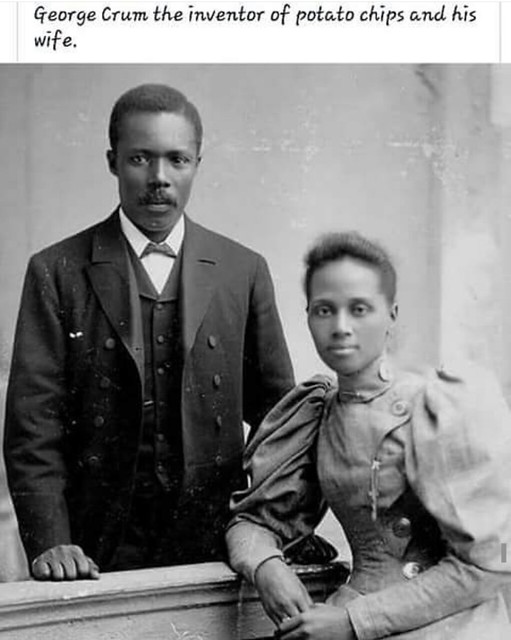
 George and his wife Kate.
George and his wife Kate.